Manufacturing companies often engage in activities that include drilling, boring, and reaming. If you are a manufacturer getting ready to work with a machine shop, you will hear these terms quite often, so it’s important to know about each process—what they are and how they differ from each other.
All these processes involve drilling a hole, either by creating a new hole or modifying or finishing an existing one in a workpiece.
And while drilling isn’t new to most people, reaming and boring are two alternate cutting processes that might not be as familiar. In this post, we’ll go through some of the differences between these three cutting processes and talk a little bit about some typical use cases.
What Is Drilling?
Drilling involves using a drill bit, a rotary cutting tool used to cut a circular hole in a workpiece. Much like other rotary cutting tools, it revolves, and in so doing, scrapes material from the workpiece.
During the operation, the drill bit is pressed against the workpiece. When the drill bit is activated, it digs into the workpiece and creates a circular hole.
One common misconception about drilling is that it can only be done on soft materials, like wood. However, wood is just one of many materials that can be drilled. While many drilling processes involve wooden workpieces, just about any type of sturdy material can be drilled, including metal, concrete, and stone.
However, one caveat to keep in mind is that for the drill bit to scrape out any workpiece and create a circular-shaped hole, it must be made of a harder material than the workpiece. Drill bits are made in a variety of materials to handle all kinds of jobs—you must always choose the right one for the use case.
What Is Boring?
Boring cuts a hole into an object, like drilling. But unlike drilling, which is used to create an initial hole in a workpiece, boring enlarges an existing hole in a workpiece using a boring head or single-point cutting tool.
Boring usually requires a horizontal boring mill, milling machine, or a lathe. No matter what mechanism each machine employs, the result is a larger hole than what you started with. For example, you might use a boring tool to achieve a more precise hole diameter or create a tapered or specifically-shaped hole.
What Is Reaming?
Finally, reaming is a cutting process that employs a rotary cutting tool (a reamer) to widen the size of a hole and remove burrs to create smooth inner walls in a workpiece’s existing hole.
Reamers work much like drill bits, although they remove significantly less material from the workpiece; often, just tiny amounts of material are removed, usually just enough to even out the hole’s inner surfaces. Reaming is generally performed using a drill press or milling machine.
Your machining job might require one or all three methods described above. If you have any questions about our capabilities or want to talk about a new project, drop us a line today.

